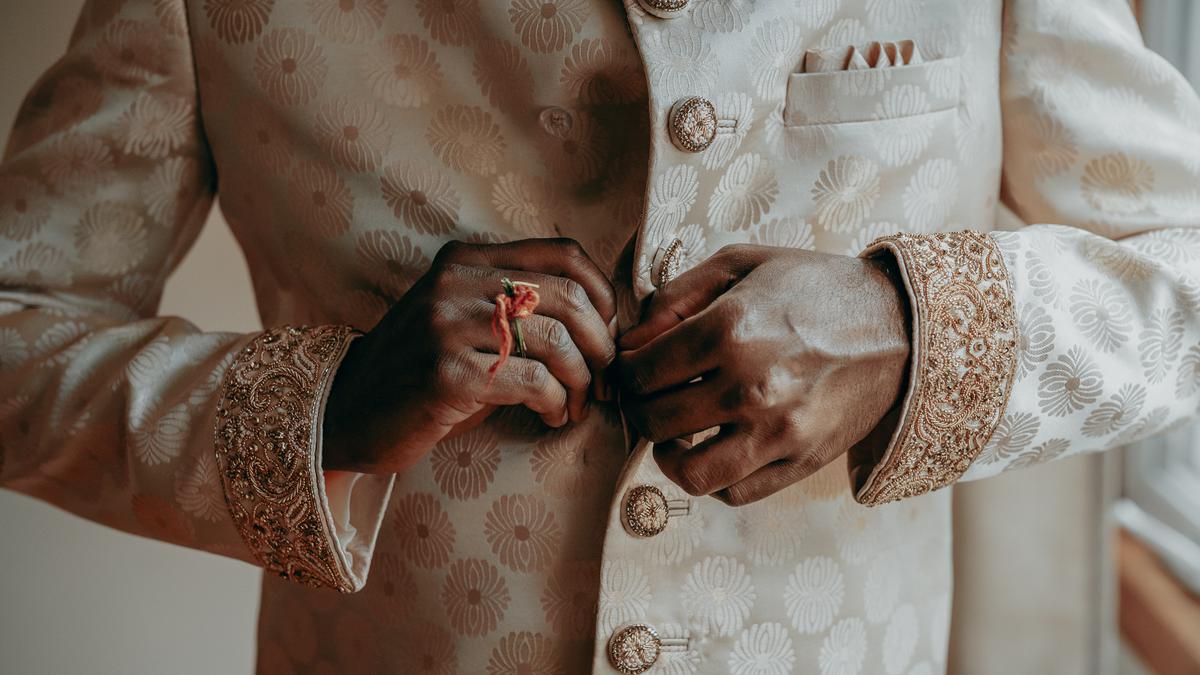
A story of a convocation, an iron press, my kurta, and its polymers Premium
The Hindu
The iron press has a heavy metal base and heats up, rearranging the long molecules of the fabric into neat, straight patterns. Heat provides energy to the molecules, allowing their atoms to vibrate and shift position. With pressure, the fabric is straightened and cools, leaving it wrinkle-free.
The other day it was convocation time here at IIT Kanpur, where I teach. The institute, the students, faculty, and all the guests who came were all dressed up in twinkling lights and smiles. An outgoing batch was to be congratulated, given some life advice, and finally their degrees.
My department head gave me a rather hurried call just the evening before “Adhip, there is a possibility that some of us may have to attend the formal programme sitting in the first few rows in the main auditorium – would you be able to sit there?’
Apart from my inability to stay awake during formal speeches, the main worry here was to find a clean and presentable set of clothes that I could wear for the occasion. My treasure hunt for a clean kurta in my apartment did lead to finding one - the only problem was that it was wrinkled beyond recognition. As you might be aware, wearing a wrinkled dress to a formal event, such as a convocation, could be considered a crime. So it was that at close to midnight, I switched on my ironing machine and decided to give my kurta a makeover.
The iron press is a wonderful machine. There are two important ingredients to this wonder: it has a heavy metal base (often some alloy of iron, thus the name) and that it heats up. Now, have you ever wondered why our clothes are straightened when ironed?
Our clothes are made of some plant or animal fibres, like cotton, wool, etc. Fibres are long chain-molecules often made of carbon, oxygen, and hydrogen – very similar to the glucose and sugar that we eat (this doesn’t mean cotton is edible, however tempting your clothes may seem).
These molecules can be really, really long. If the water molecule, which is made of two hydrogen atoms and an oxygen atom, is the size of a pencil, a typical cellulose fibre, one of the primary molecules of cotton, would be about 100 metres long! These kinds of molecules are called polymers. Polymers make up many things around us, including plastic, soap, and even tomato ketchup. There are synthetic polymers (made in a lab, like plastic) and then naturally occurring ones, such as cotton.
When you wash your clothes, these molecules become knotted around each other – like noodles when you cook a packet, or your hair if you still have the privilege of having long hair (unlike most faculty members and a few students here). This is often because of the water molecules that become stuck between and around these molecules.











